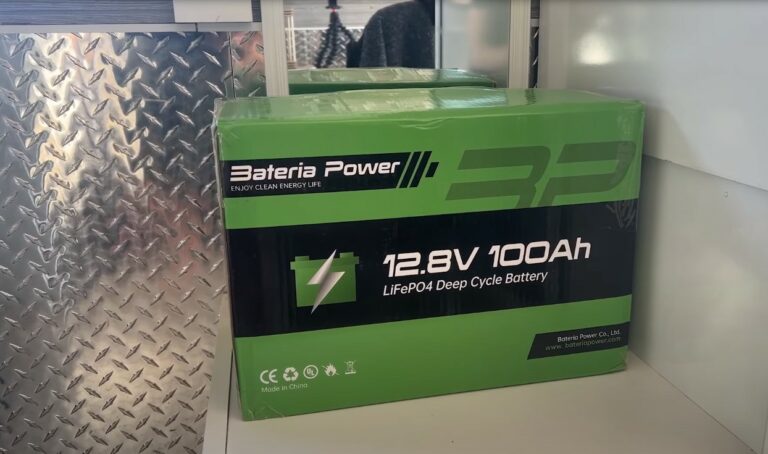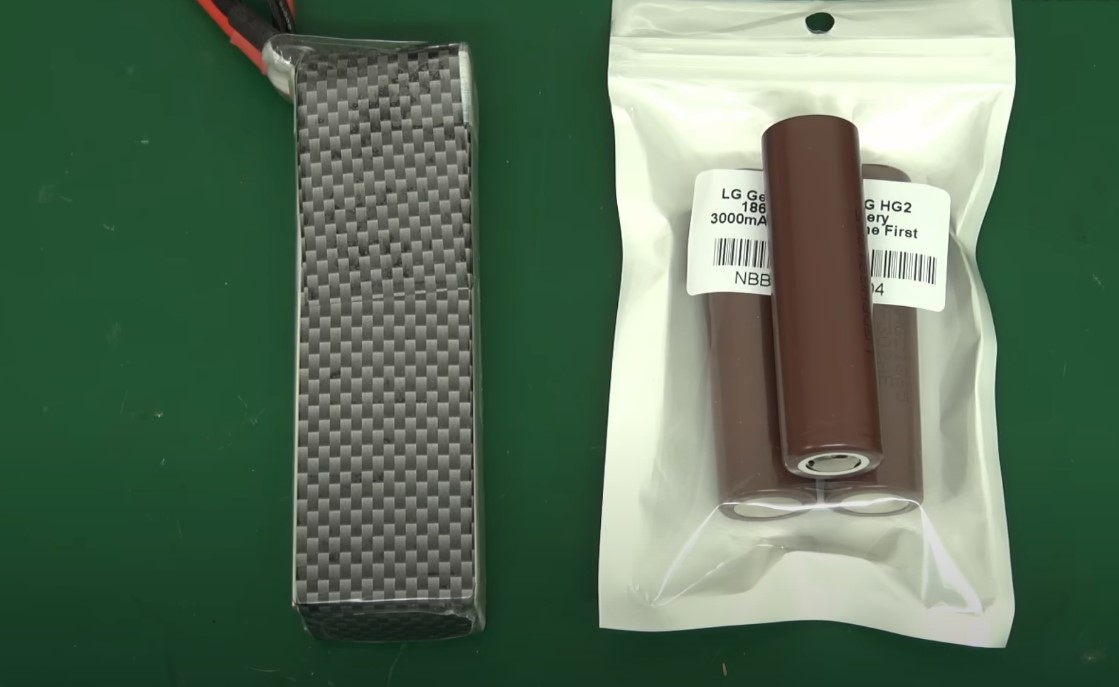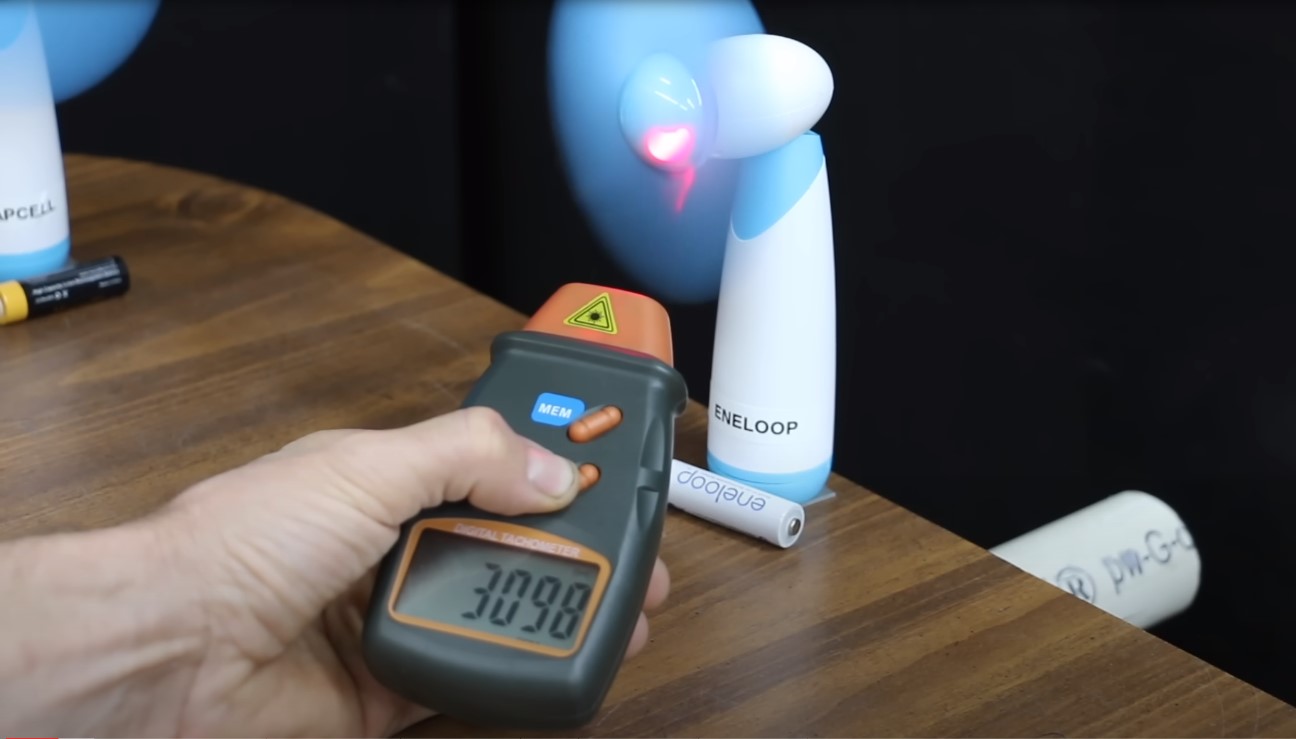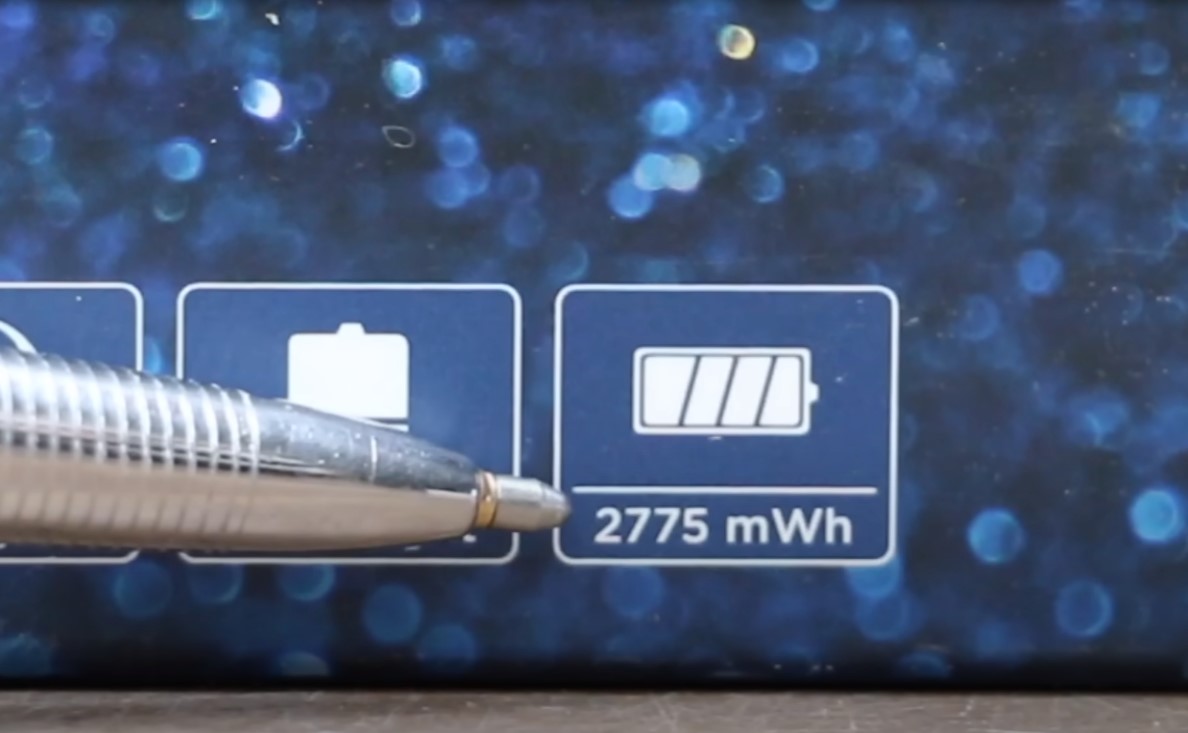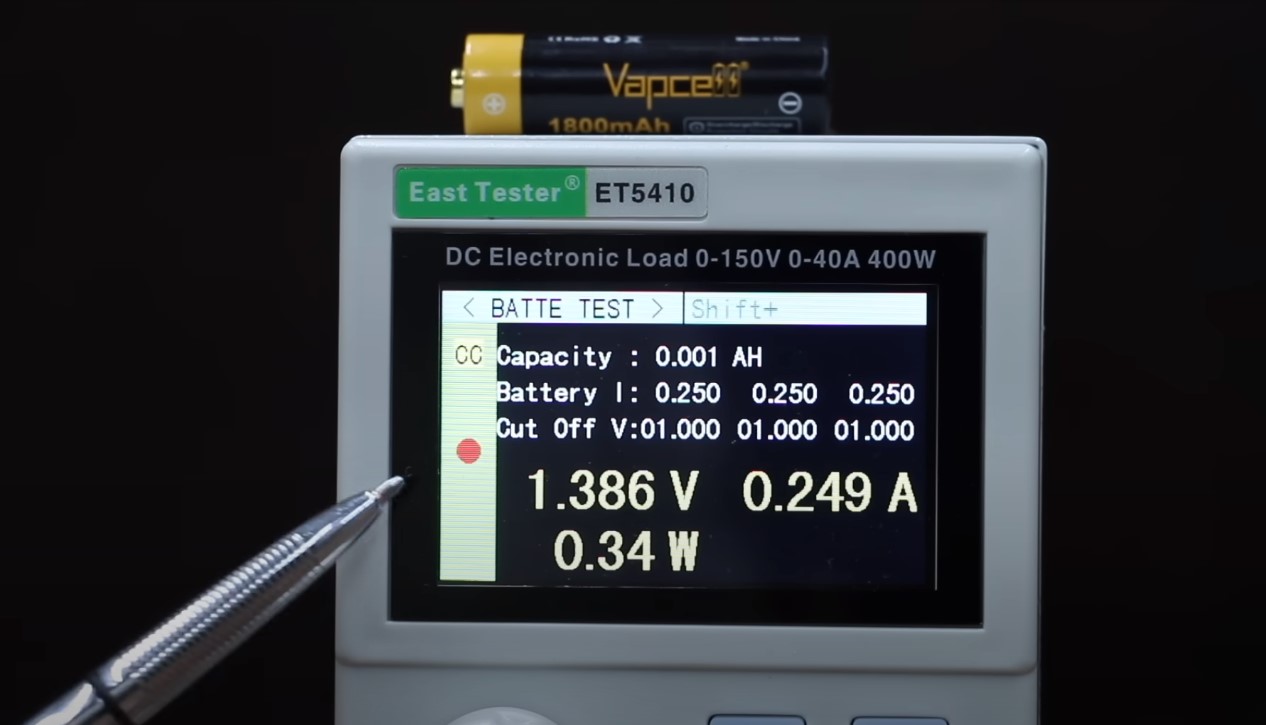How long do lithium batteries last? This pivotal question unveils the intricacies of battery lifespan, capacity, and performance. Leveraging my extensive knowledge and expertise, I aim to dissect essential factors like battery chemistry, charge cycles, and temperature’s impact on the durability of lithium and lithium-ion batteries. The significance of proper storage and optimal charging practices in enhancing battery longevity is paramount.
At Rich’s Body Shop, auto expert William Moore emphasizes the critical best practices and safety measures vital for prolonging the life of lithium batteries. Highlighting the influence of charge cycles, temperature fluctuations, and voltage management on battery health and efficiency, this article offers practical insights rooted in profound experience.
Understanding manufacturer guidelines and the importance of using the correct charger to avert damage are key to ensuring battery safety and peak performance. In this article, we explore these essential themes, providing indispensable information to guide users through the complexities of lithium battery maintenance.
How Long Do Lithium Batteries Last: Understanding Their Lifespan
In my extensive career, I’ve learned the importance of understanding the lifespan of lithium batteries. How long do lithium batteries last? This question isn’t just about numbers; it’s about maximizing the value and performance of our devices.
Factors Affecting Lithium Battery Longevity
The longevity of lithium batteries, such as drill batteries or Dewalt lithium batteries, is influenced by several critical factors:
- Temperature: Both high and low temperatures can significantly affect battery life. Lithium batteries prefer a moderate temperature range to function optimally.
- Charge/Discharge Cycles: The number of cycles a battery undergoes is directly linked to its lifespan. Regular, full-charge cycles tend to preserve battery health longer.
- Voltage Levels: Maintaining batteries at their ideal voltage level can prevent overcharging and undercharging, both of which can degrade battery health over time.
- Usage Patterns: Frequent, intense use can shorten a battery’s life, while moderate and consistent use can extend it.
Consider the 18v Porter Cable lithium battery or the lithium 20-volt battery; their operational life significantly depends on how they are maintained and utilized in various tools and devices.
The Cycle Life of Lithium-Ion Batteries
The cycle life of lithium-ion batteries is a critical measure of their longevity. A cycle is completed each time a battery is charged and then discharged. Battery University states that a typical lithium-ion battery should last between 300 and 500 charge/discharge cycles. This equates to about a two to three-year life expectancy for batteries, especially for those not running through complete charge cycles.
Manufacturers, adopting a conservative approach, specify the life of Li-ion in most consumer products as being between 300 and 500 discharge/charge cycles. For example, the lifespan of Dewalt lithium battery models or Ryobi batteries reflects this standard, emphasizing the importance of understanding and managing battery usage to extend life.
Estimated Lifespan of Specific Lithium Battery Types
| Battery Type | Estimated Lifespan | Common Uses |
|---|---|---|
| Drill Batteries | 2-3 Years | Power tools, construction |
| Dewalt Lithium Batteries | 2-3 Years | Power tools, home improvement |
| Ryobi Batteries | 2-3 Years | Garden tools, power tools |
| 18v Porter Cable Lithium | 2-3 Years | Power tools, heavy-duty use |
| Lithium 20 Volt Battery | 2-3 Years | Power tools, professional use |
Key Factors Influencing Lifespan
| Factor | Impact on Lifespan |
|---|---|
| Temperature | Optimal performance in moderate conditions |
| Charge Cycles | 300-500 cycles indicate a healthy battery lifespan |
| Voltage | Proper management extends life |
| Usage Patterns | Moderate use ensures a longer lifespan |
“A Lithium-Ion battery’s average life span is 2 to 3 years or 300 to 500 charge cycles, whichever comes first,” offers a succinct overview of what users can expect from their batteries. This insight is pivotal for those relying on lithium metal batteries and lithium-ion batteries across various applications, from electric vehicles to power tools.
Understanding the dynamics of lithium battery lifespan is not just about preserving a single battery but about fostering a culture of sustainability and efficiency in our use of technology. Through mindful usage and maintenance, the potential of lithium batteries can be fully realized, ensuring that these powerful tools meet and exceed our expectations.
Maximizing Your Lithium Battery’s Potential
With years of expertise under my belt, I’ve seen firsthand the importance of maximizing a lithium battery’s potential. Understanding how long lithium batteries last and implementing strategies to extend their lifespan can make a significant difference in their performance and reliability.
Best Practices for Extending Battery Life
To truly enhance the lifespan and efficiency of lithium batteries, consider these best practices:
- Avoid Extreme States of Charge: Keeping batteries away from 0% or 100% charge minimizes stress and prolongs life. Lithium batteries thrive when maintained at a 40% to 50% charge for storage.
- Optimal Storage Conditions: Store your lithium battery packs in a cool environment, ideally around 59° Fahrenheit, to preserve their health.
- Brightness Adjustments: Dimming your device’s screen or using Auto-Brightness can significantly conserve battery power.
For instance, the Black & Decker 20-volt battery or the Milwaukee 18v lithium battery can benefit greatly from these practices, not only in daily use but also in how they are stored and maintained over time.
Practical Tips for Battery Maintenance
| Tip | Benefit |
|---|---|
| Store at 40%-50% Charge | Reduces stress and extends battery life |
| Keep in Cool Conditions (59° F) | Prevents overheating and degradation |
| Dim Screen/Auto-Brightness | Conserves energy, prolongs battery life |
Debunking Myths and Misconceptions
Throughout my career, I’ve encountered numerous myths surrounding lithium batteries. Let’s set the record straight:
- Myth: Keeping your battery at 100% or 0% is fine.
- Fact: Extremes stress the battery and shorten its life.
- Myth: Storage temperature doesn’t matter.
- Fact: A cool room (about 59° F) is ideal for battery longevity.
- Myth: Screen brightness doesn’t affect battery life significantly.
- Fact: Lower brightness or using Auto-Brightness can extend battery life considerably.
Just as misconceptions like “eating chocolate causes pimples” or “sleeping with wet hair will give you a cold” are widely debunked, so too should myths about battery care be corrected for the sake of better maintenance and usage practices.
“Minimize the time your battery spends at extreme charge levels to maximize its lifespan,” serves as a guiding principle, akin to avoiding common misconceptions for better health. This advice is crucial for users of lithium battery shelf life, lithium battery life expectancy, and various brands like Milwaukee new battery or Black & Decker 20 volt lithium battery, ensuring they get the most out of their devices.
Implementing these strategies and correcting misunderstandings can significantly impact the longevity and performance of lithium batteries. Through educated usage and care, we can extend the life of our batteries, ensuring they serve us well for years to come.
Key Signs and Solutions for Aging Lithium Batteries
Navigating the lifespan of lithium batteries with my deep-seated expertise, I’ve come to identify pivotal indicators and solutions for their aging process. Understanding when and how to address aging is essential for optimizing the use of devices powered by these batteries, which hold a dominant market share of over 90%.
Recognizing When to Replace Your Battery
Identifying the right time to replace a lithium battery hinges on several clear indicators:
- Voltage Check: A simple voltage test can reveal a lot. A healthy car battery, for example, should show more than 12vdc. Anything below this suggests it’s time for a replacement.
- Performance Decline: For devices like drills or garden tools powered by batteries such as the 20-volt Black and Decker lithium battery or the Ridgid lithium ion 18-volt battery, a noticeable decline in runtime or power output signals that the battery is nearing the end of its useful life.
- Physical Condition: Visible signs of wear, such as bulging, leakage, or damage to the battery’s casing, are immediate indicators that the battery needs to be replaced.
Indicators for Replacement
| Indicator | Meaning | Action Required |
|---|---|---|
| Voltage below 12vdc | Insufficient power | Replace the battery |
| Poor performance | Decreased runtime/power | Consider replacement |
| Physical damage | Safety and performance risk | Immediate replacement |
Safe Disposal and Recycling Practices
Proper disposal and recycling of lithium batteries not only safeguard the environment but also comply with safety standards. Here’s how to responsibly dispose of your aging lithium batteries:
- Check Local Guidelines: Before disposing of any battery, it’s crucial to verify the specific disposal and recycling guidelines in your community or office. Not all recycling programs accept batteries, so finding a dedicated facility is often necessary.
- Retail and Manufacturer Programs: Many battery manufacturers and retailers offer take-back programs for lithium battery shelf life, including 1 lithium metal battery and various 20v lithium batteries from brands like Black & Decker.
- Specialized Recycling Centers: These facilities are equipped to safely process and recycle lithium-ion batteries, from how long Ryobi 40v batteries last to the bosch 24-volt battery models, ensuring harmful components are handled correctly.
Recycling Options
| Battery Type | Disposal Method |
|---|---|
| General Lithium-ion | Certified recycling centers |
| Specific Brands | Retail or manufacturer take-back programs |
| Lithium Metal | Specialized hazardous material facilities |
Understanding the aging signs of lithium batteries and knowing how to properly dispose of them is paramount. Whether dealing with how long M12 batteries last or the lifespan of a 20-volt Black and Decker lithium battery, recognizing when a battery is beyond its prime and ensuring it is recycled correctly can extend the useful life of your devices while contributing to environmental sustainability.
Navigating the Technical Landscape of Lithium Batteries
In my career, spanning decades, I’ve witnessed the lithium battery industry’s evolution. Now, as we explore the question, “How long do lithium batteries last?” we delve deeper into the mechanics of these power sources and the burgeoning alternatives challenging their dominance.
Understanding How Lithium Batteries Work
The operation of lithium batteries is a marvel of modern chemistry and physics, centered around the movement of lithium ions between two electrodes. When a lithium battery discharges, lithium ions flow from the anode (negative electrode) to the cathode (positive electrode), facilitated by an electrolyte that acts as the conductor. This flow reverses during charging, with ions moving from the cathode back to the anode. This interplay not only powers our devices but also determines the battery’s lifespan and efficiency.
Detailed Breakdown of Battery Components
| Component | Function | Role During Charging | Role During Discharging |
|---|---|---|---|
| Cathode (positive electrode) | Stores lithium ions | Releases ions | Accepts ions |
| Anode (negative electrode) | Releases lithium ions | Accepts ions | Releases ions |
| Electrolyte | Conducts ions | Facilitates ion movement | Facilitates ion movement |
Comparisons and Alternatives
As the industry seeks sustainable and cost-effective solutions, sodium batteries emerge as a notable contender against traditional lithium-ion technologies. The appeal of sodium lies in its cost advantage and the significant strides made in its development, posing a challenge to lithium iron phosphate (LFP) batteries. While LFP batteries offer affordability and safety, their lower energy density compared to other lithium-ion technologies presents a limitation.
Lithium-ion vs. Sodium Battery Comparison
| Feature | Lithium-ion Batteries | Sodium Batteries |
|---|---|---|
| Cost | Higher due to material scarcity | Lower, benefiting from material abundance |
| Energy Density | Higher, providing longer usage | Lower, which may limit the application |
| Safety | Varied, with some risks associated with overheating | Generally safer, with less reactive materials |
| Availability | Widespread, with established supply chains | Emerging, with growing research and development |
This comparative analysis underscores the ongoing evolution within the battery sector, highlighting how advancements in technology and material science continue to shape the future of energy storage solutions.
The journey from understanding how lithium batteries work to exploring alternatives like sodium represents a broader narrative of innovation and adaptation in the energy sector. Whether considering the lifespan of a lithium-ion battery cycle life or evaluating the battery life span of emerging technologies, it’s evident that the quest for efficient, sustainable, and cost-effective power sources is far from complete.
Lithium Batteries in Different Applications
Throughout my extensive career, I’ve observed the remarkable evolution of Lithium-ion batteries (LIBs). Initially developed for portable electronics, their role has expanded significantly, powering everything from everyday devices to exoatmospheric aircraft like satellites. The question of “How Long Do Lithium Batteries Last?” varies widely across applications, influenced by factors such as device support, usage patterns, and maintenance.
Lifespan in Vehicles and Electronic Devices
Lithium-ion batteries have revolutionized the automotive industry, especially in electric vehicles (EVs), offering high energy density and longer lifespans compared to traditional batteries. In electronic devices like smartphones and laptops, their efficiency and longevity have equally been transformative. However, the lifespan of these batteries in both sectors depends significantly on maintenance and usage.
Factors Affecting Lifespan in Different Applications
| Application | Lifespan Influencers |
|---|---|
| Vehicles | Charging habits, temperature exposure, and vehicle usage patterns. |
| Electronic Devices | Update support, usage intensity, and charging practices. |
For example, keeping phones for 5 years can reduce the yearly impact on global warming by around 31%, highlighting the environmental benefits of extending the lifespan of our devices.
Storage and Seasonal Usage Tips
Proper storage and care of lithium batteries during off-season periods are crucial for preserving their health and extending their lifespan. Whether it’s for rechargeable batteries in garden tools or the lithium-ion battery lifespan in seasonal vehicles, following these guidelines ensures optimal performance over the years.
Optimal Storage Conditions
- Temperature: The ideal storage condition is a cool, dry place with a temperature range between 15°C to 25°C (59°F to 77°F). Extreme temperatures, both high and low, should be avoided to prevent capacity loss and degradation.
- Charge Level: Storing lithium batteries at a partial state of charge, approximately 40% to 60%, is recommended to maintain battery health during prolonged storage.
| Storage Factor | Recommended Condition |
|---|---|
| Temperature | 15°C to 25°C (59°F to 77°F) |
| Charge Level | 40% to 60% capacity |
For instance, questions like “How long does the Ryobi 40v battery last?” or “Do unused batteries expire?” reflect the importance of understanding storage practices to maximize battery life. Even never-die lithium batteries benefit from adhering to these storage guidelines, ensuring readiness and reliability for when they are next needed.
Understanding the nuances of lithium battery lifespan across various applications and adhering to best storage practices are key to maximizing their potential. From vehicles to portable electronics, the longevity of these batteries not only enhances user experience but also contributes to sustainability and reduced environmental impact.
FAQs on Lithium Batteries
Do lithium-ion batteries degrade if not used?
From my experience and expertise, I feel that while lithium-ion batteries do degrade over time, proper storage can significantly slow this process. If not used, these batteries won’t spoil quickly, provided they are stored correctly, away from extreme temperatures, and at a partial state of charge. However, prolonged inactivity can lead to a gradual decrease in overall capacity and function.
Are LiFePO4 batteries safer than traditional lithium-ion?
LiFePO4 batteries are indeed considered safer than traditional lithium-ion batteries, largely due to their stable chemistry which minimizes the risk of overheating and potential thermal runaway. These batteries are less prone to catching fire under normal usage or when damaged, making them a preferable choice for applications where safety is a paramount concern.
Is the investment in lithium-ion batteries worth it?
Based on my knowledge and experience, the investment in lithium-ion batteries is often justified by their longer lifespan and performance compared to traditional lead-acid batteries. They may offer up to 10 times longer lifespan, which translates into significant long-term savings and efficiency gains, despite the higher initial cost.
Do charging habits affect the lifespan of lithium batteries?
Indeed, charging habits play a crucial role in the lifespan of lithium batteries. Frequent charging to full capacity or overcharging can stress the battery, accelerating degradation. Optimizing charging cycles by avoiding full 0-100% charges can extend the battery’s operational life.
Can extreme temperatures affect lithium battery health?
Extreme temperatures, both hot and cold, can adversely affect lithium battery health. High temperatures can reduce cycle life and pose risks of overheating, while cold temperatures can decrease battery capacity. Maintaining batteries in moderate temperature conditions is essential for longevity.
How long do lithium batteries last in storage?
Lithium batteries, including alkaline and primary types, can last up to 10 years in storage with minimal capacity loss, provided they are stored in a cool, dry place and not at full discharge. Avoiding extreme cold is crucial as batteries are more prone to freezing in a discharged state.
Do lithium batteries have a “memory effect”?
Lithium-ion batteries are largely free from the memory effect that affects some rechargeable batteries. This means they do not lose their maximum energy capacity from being recharged before being fully discharged, allowing for more flexible charging practices without impacting usable capacity.
How can I maximize the lifespan of my lithium battery?
To maximize your lithium battery’s lifespan, it’s advisable to perform partial charges rather than charging to 100% every time. Keeping the state of charge between 40% and 80% can significantly prolong battery life. Removing the device from the charger once it reaches full charge can also prevent potential stress on the battery.
Is it safe to leave a lithium battery on the charger?
While lithium-ion batteries have safeguards to prevent overcharging, constantly leaving a battery plugged in at 100% charge can accelerate the aging of the device’s electronics. It’s safe in the short term, but for longevity, it’s best to unplug the device once fully charged.

William Moore is an automotive specialist with two decades of experience, ready to give your car the care it needs. He understands all facets of auto maintenance and repair, from oil changes to brake jobs. Working with the latest tools and technologies, he provides complete service on all makes and models of cars. With his attention to detail and commitment to quality workmanship, you can expect excellent results.
